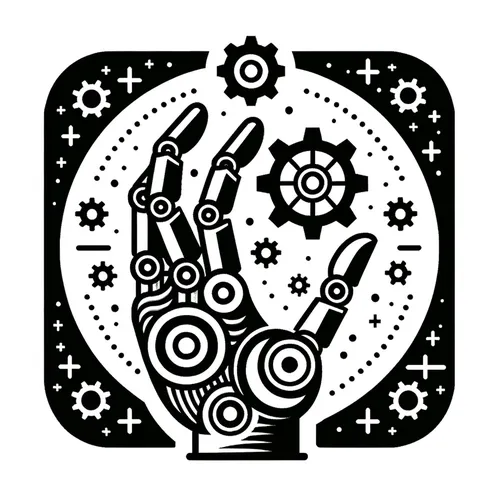Robots Steal Jobs & Hearts: AI's Steamy Factory Floor Flings
- Author
- Quiet. Please
- Published
- Wed 30 Apr 2025
- Episode Link
- https://www.spreaker.com/episode/robots-steal-jobs-hearts-ai-s-steamy-factory-floor-flings--65803598
This is you Robotics Industry Insider: AI & Automation News podcast.
On the heels of rapid expansion, the robotics and industrial automation sector enters the last days of April 2025 with both caution and optimism. After a cooling investment climate and a recalibration of supply chains slowed the industry in early 2025, leading players are now pivoting toward renewed growth powered by digital transformation and innovation. Despite the temporary dip, robust growth is forecast to return and continue through 2030 as manufacturers and technology developers double down on advanced automation and artificial intelligence integration.
Breakthroughs in plug and produce robotics are lowering the barriers to deployment, making it easier for even small and midsize enterprises to automate. These modular solutions can be dropped directly onto factory floors with minimal configuration and offer fast returns on investment, flexibility, and scalability. Flexible production is another key trend, as companies facing increasing consumer demand for customization are turning to modular systems and collaborative robots to rapidly switch between product variants and production lines. Collaborative robots, or cobots, have become indispensable, working seamlessly alongside human operators while dynamically adapting to changing tasks using artificial intelligence. These developments are especially evident in electronics and automotive factories, where cobots armed with machine vision and learning can assemble components, inspect for defects, and even switch jobs on the fly without the need for reprogramming.
Artificial intelligence itself is redefining what is possible. It is now the backbone of modern factories, handling everything from advanced vision-enabled quality inspection to predictive maintenance. These AI-enhanced systems continuously analyze machine performance to anticipate failures, optimize maintenance, and maximize uptime, making previously rigid production lines more responsive and resilient. Market data underlines the momentum: the Industrial Internet of Things is expected to reach nearly 37 billion connections by year-end, and nearly 90 percent of manufacturers plan to integrate artificial intelligence into their production networks.
Recent industry headlines include growing investments in real-time data integration via 5G and edge computing, strategic partnerships for AI-driven robotics platforms in healthcare and logistics, and acquisitions aimed at securing next-generation collaborative automation solutions. For professionals, practical takeaways include: investing in modular automation for rapid scalability, upskilling teams for human-robot collaboration, and prioritizing AI-powered predictive analytics to boost quality and minimize downtime.
Looking forward, the convergence of artificial intelligence, collaborative robotics, and industrial connectivity is set to enhance flexibility, safety, and productivity across sectors. As companies prepare for the next growth wave, those who embrace adaptable, AI-first automation strategies will be best positioned to capitalize on the future of smart manufacturing.
For more http://www.quietplease.ai
Get the best deals https://amzn.to/3ODvOta
